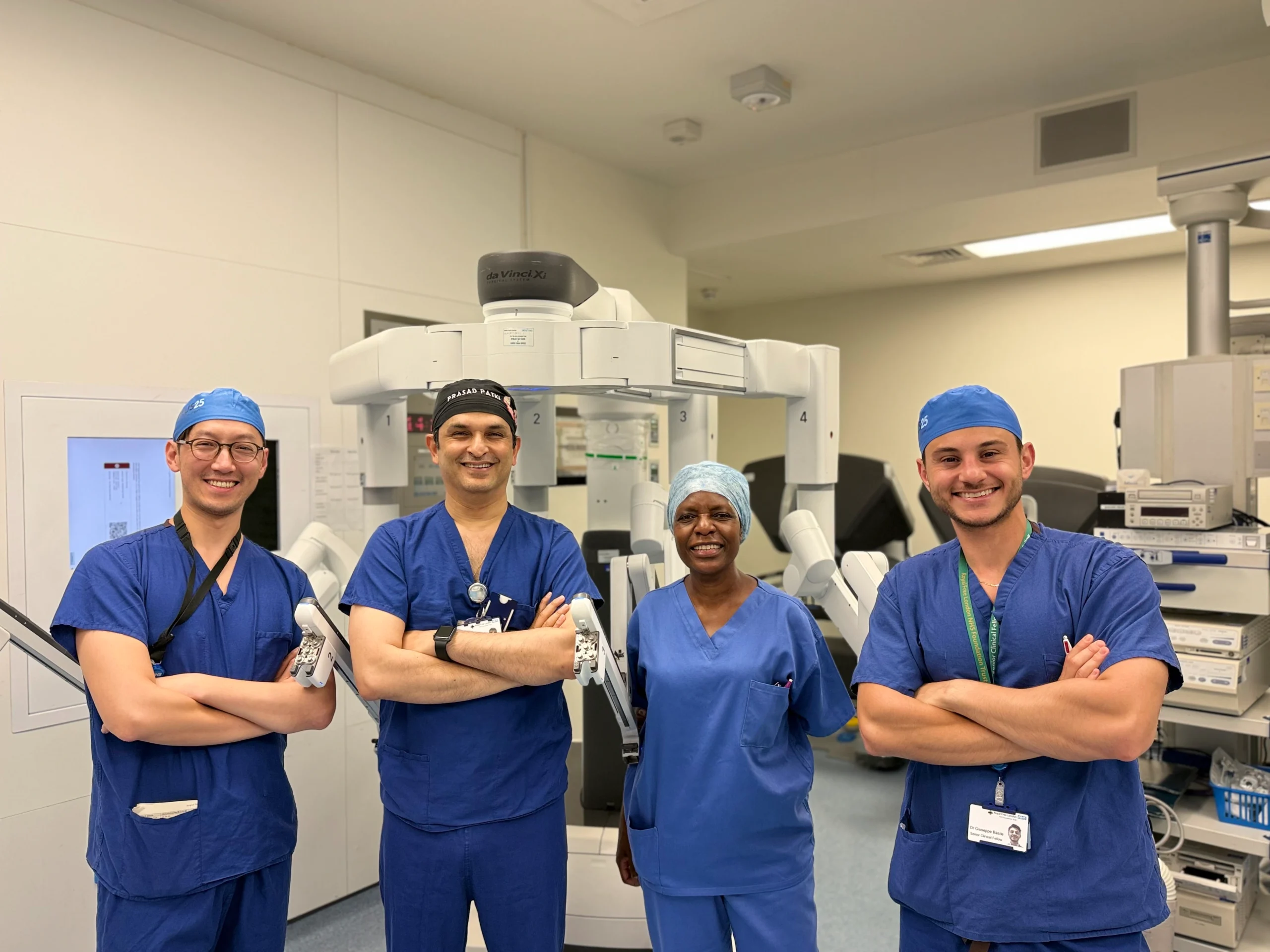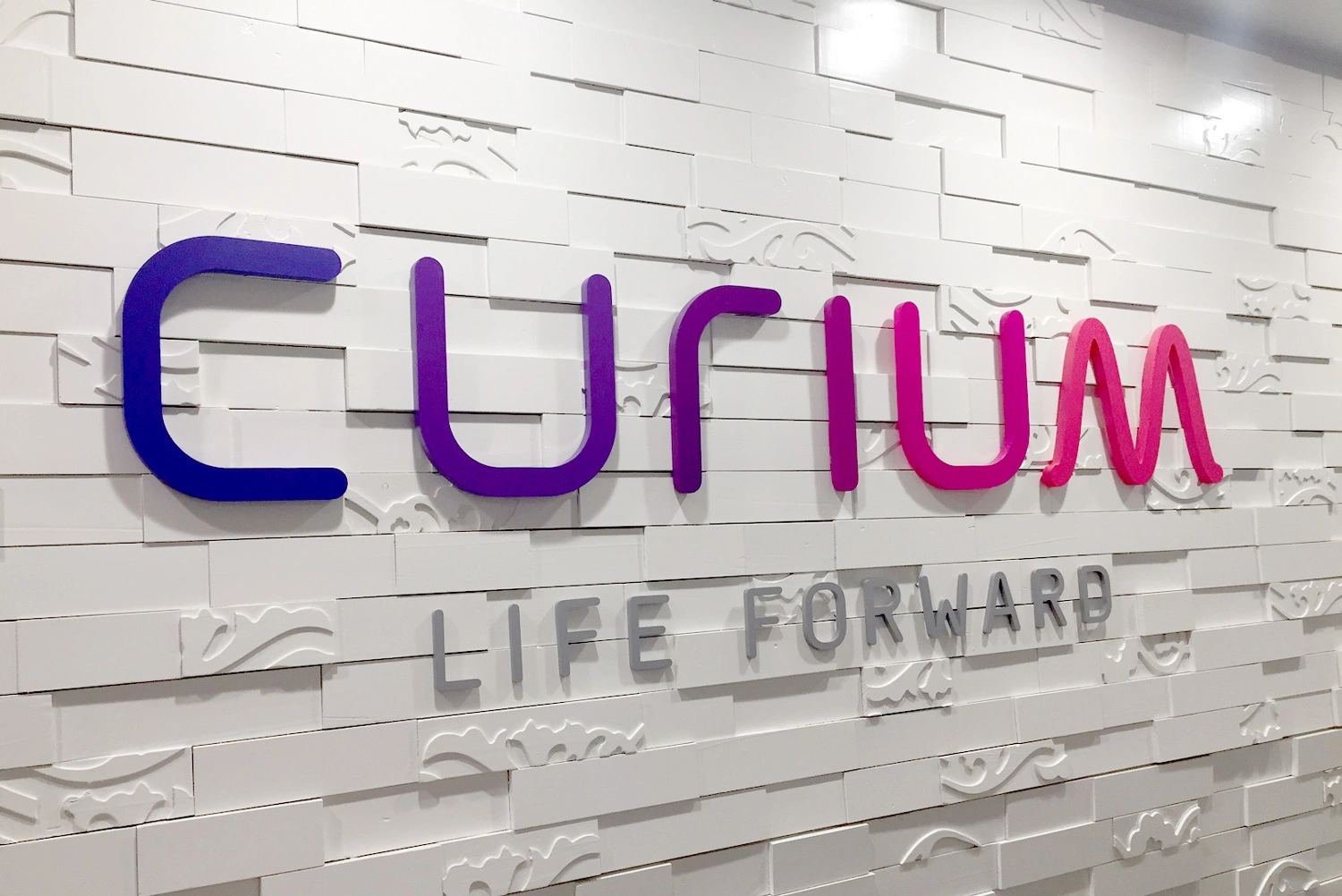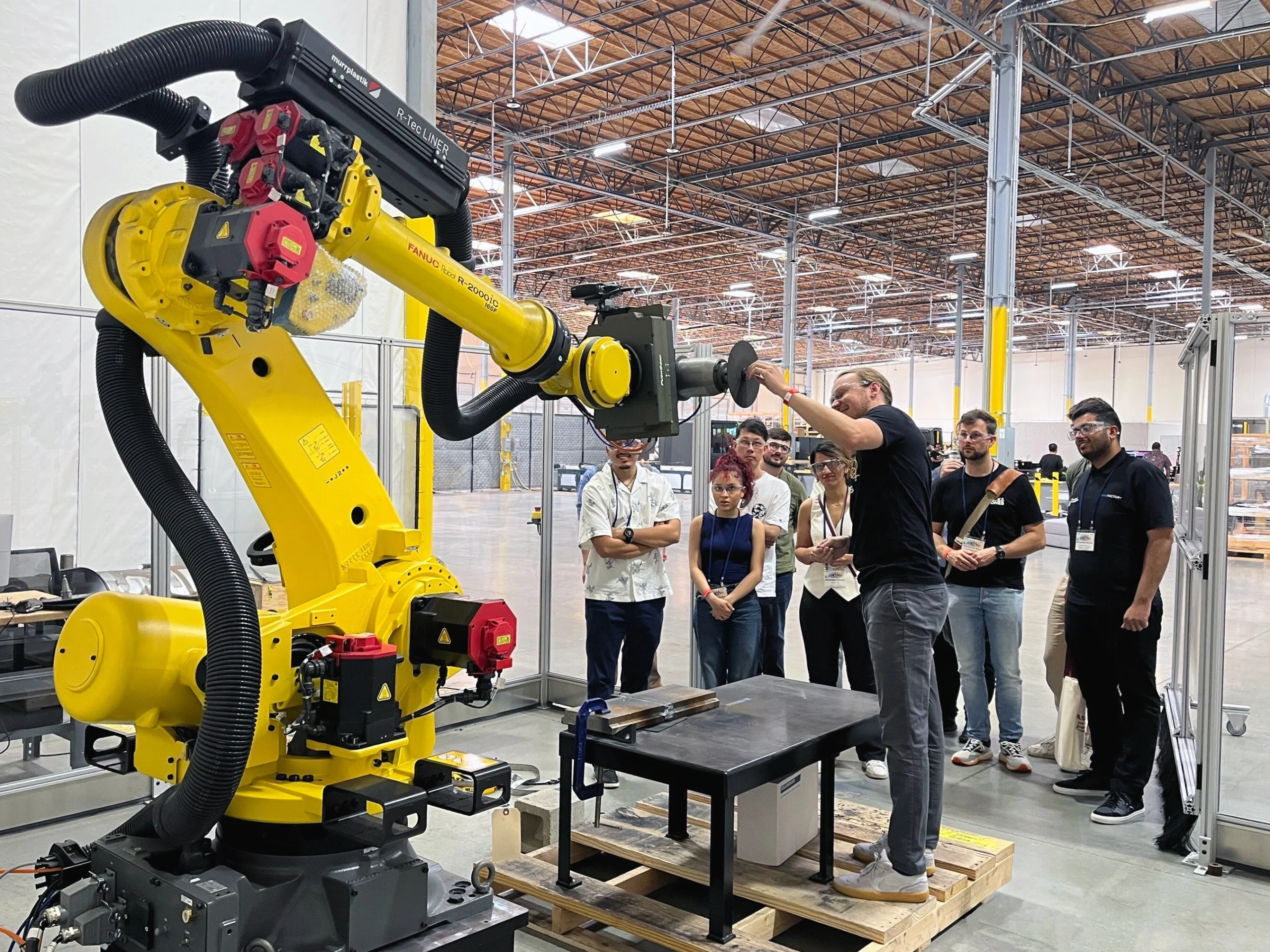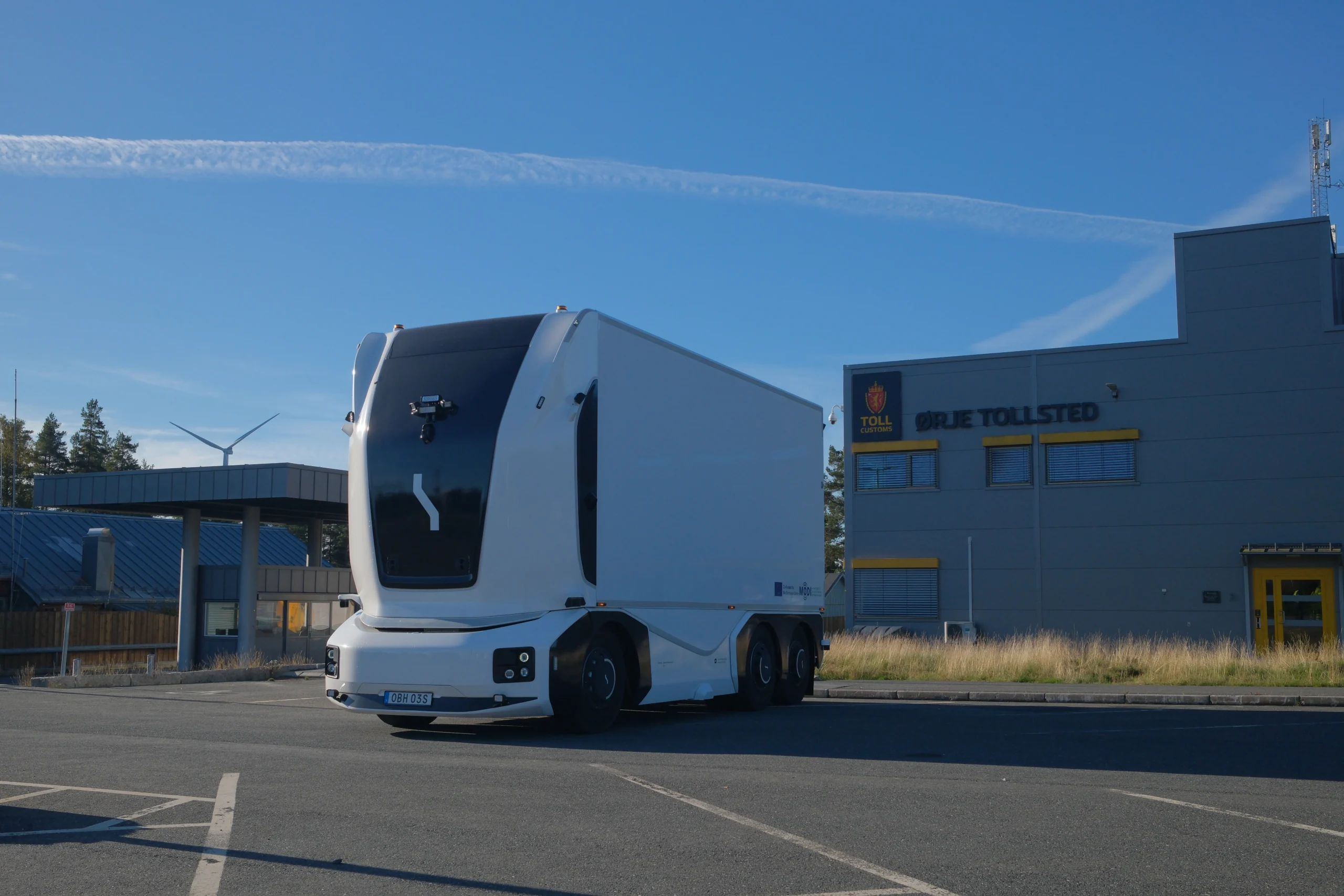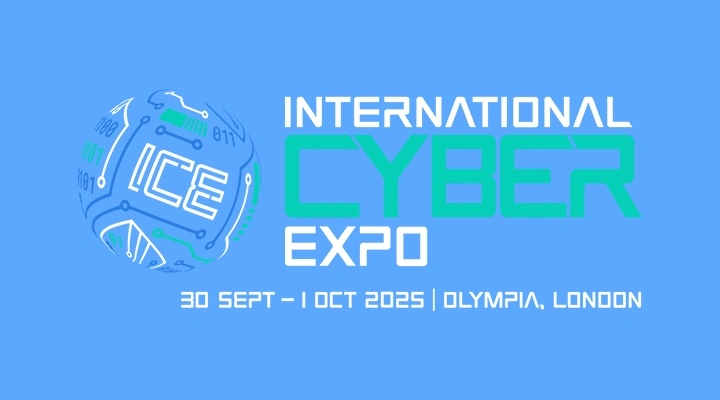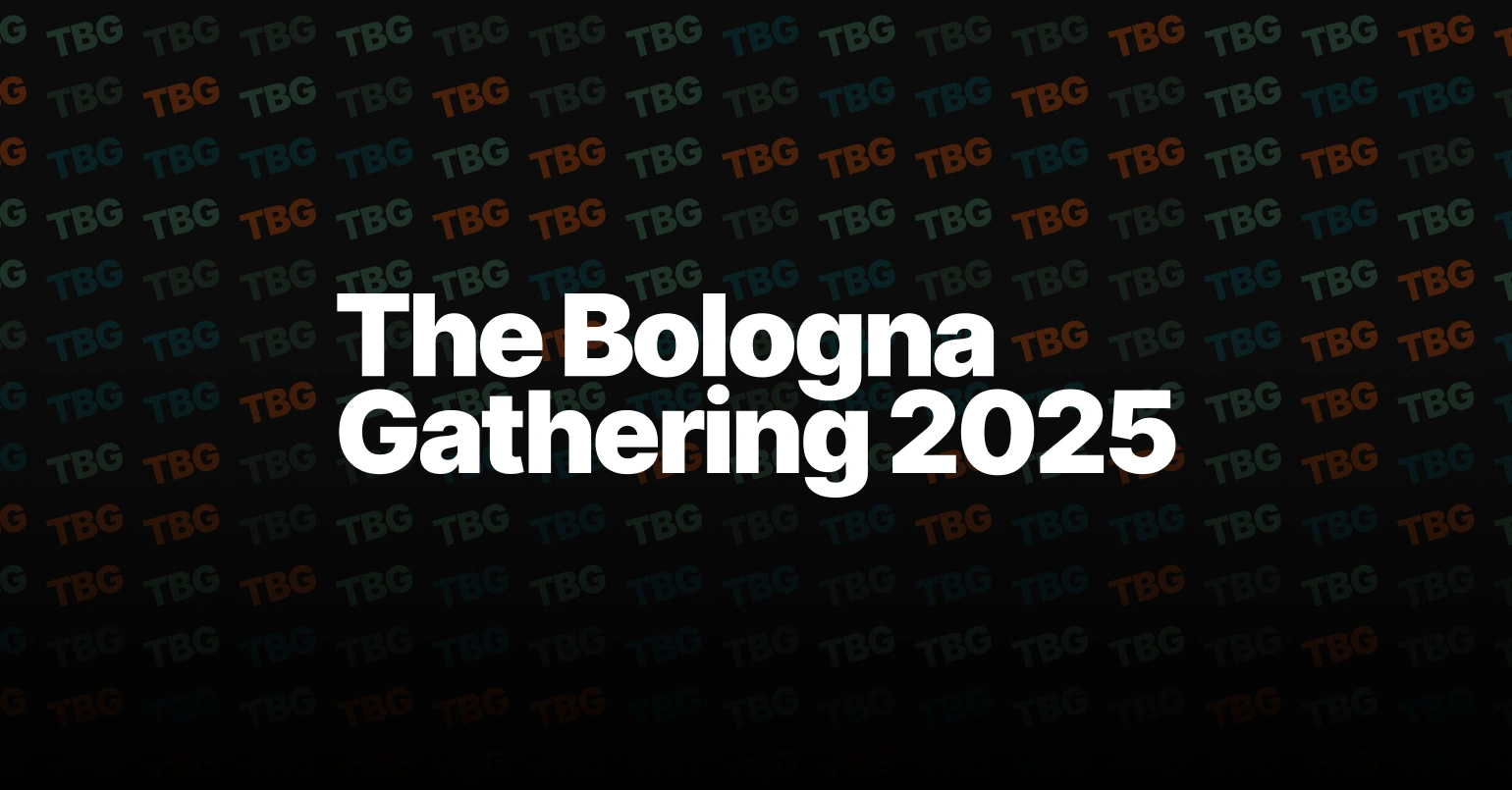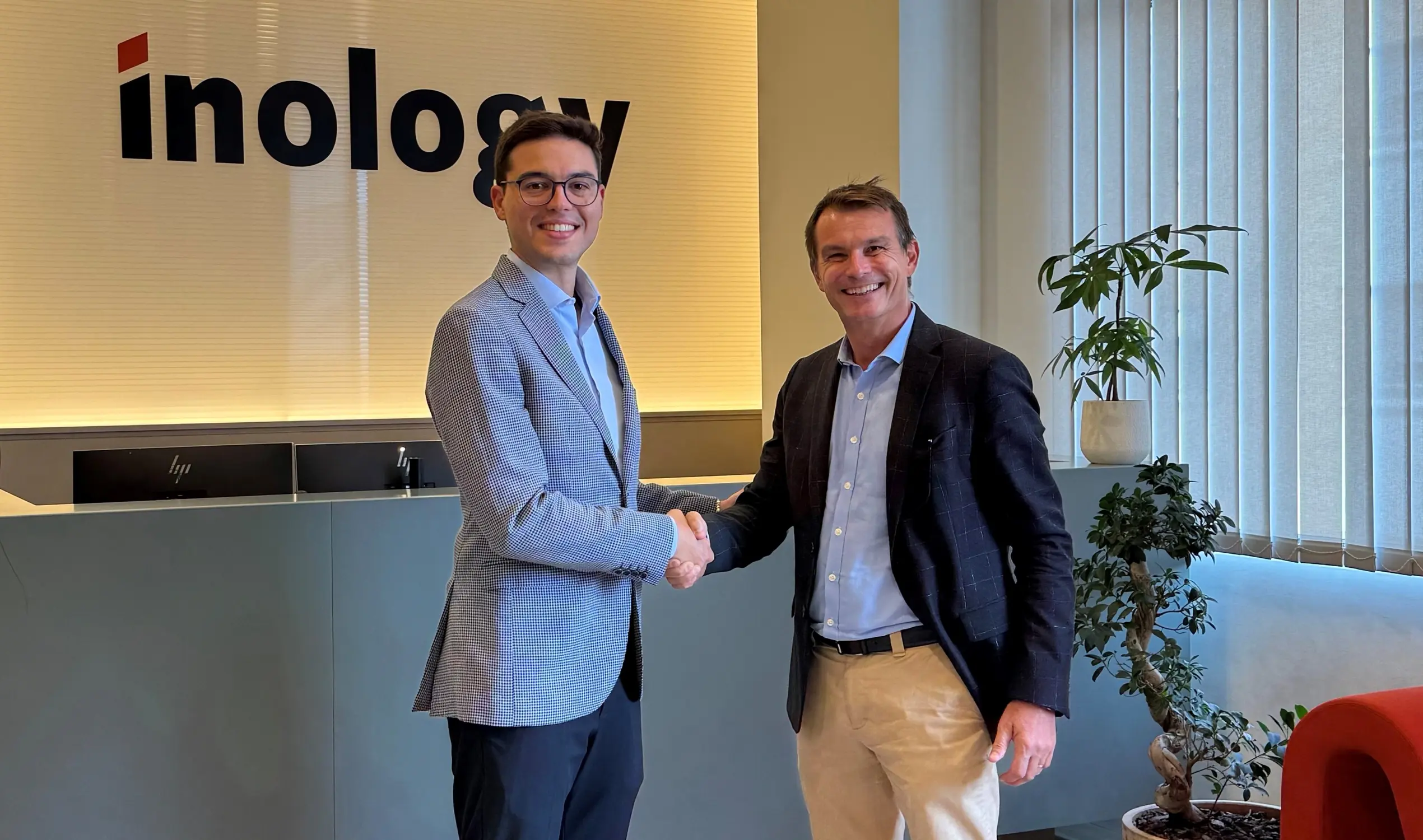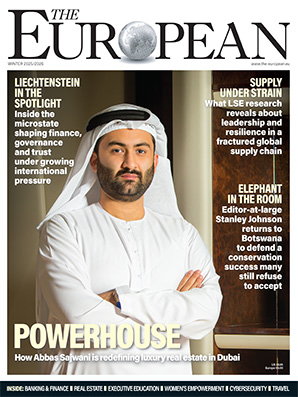Transition to Agile

John E. Kaye
- Published
- Home, Technology

While the challenge of scaling Agile is certainly real, it is worthwhile investing to overcome it, says Francis Miers, Director of Automation Consultants
Over the last two decades, Agile development has gradually taken over as the main development method in the software industry, and its impact continues to be felt. Today, the question many enterprises are facing is: how can the Agile methodology be successfully and optimally scaled?
There is not an obvious answer, mainly because Agile is an approach that favours individuals and small teams; it relies on adaptability and responsiveness to change. Can this approach ever be successfully implemented in a large organisation? Can large organisations deploy Agile?
The answer, I have found, is yes, although that is based on the management’s ability to guide their employees through a transition to Agile. Scaling Agile is a cultural and technical transformation, one which necessitates a shift throughout the organisation. However, once achieved this shift yields lasting rewards for the business and its employees.
Why aim for Agile at scale?
Today’s enterprises need to be lean and flexible in order to develop their software fast enough to compete at the highest level. Not long ago, IT was a back-office function, today it is a key differentiator for companies – industrial products are software-driven, retail banks compete on their apps, consumer goods companies market digitally. Continuous delivery and integration are now standard in order to achieve delivery of software at a high cadence. In every sector, customers expect not only a rapid rate of new feature delivery, but often a high degree of customisation.
In order to meet these demands, successful businesses have been utilising Agile for some time, decentralising decision-making in software development, empowering small teams and thus increasing their speed. Larger organisations have had to do this without losing sight of the big picture. They must make sure that their small, decentralised agile teams somehow work together rather than pulling in different directions.
Agile at scale is a newer area than Agile itself. Various methodologies for scaling Agile have emerged in the last decade or so and gradually established themselves.
Achieving Agile at scale
Scaled Agile Framework (SAFe) and Large Scale Scrum (LeSS) are perhaps the best-known approaches to scaling Agile, although there are a number of others, e.g. Disciplined Agile Delivery (DAD) and the Spotify model. Both SAFe and LeSS feature “a scrum of scrums” approach, and have much in common. The greatest difference is perhaps that for large scale planning, SAFe favours large stakeholder meetings held infrequently, whereas LeSS favours more frequent meetings but with fewer stakeholders.
Generally speaking, successfully scaling Agile depends less on the particular framework chosen and more on successfully training teams to adopt the Agile philosophy at the team-level first, before rolling out the changes on larger scale interactions with other teams. To a large extent, it is a matter of culture and of shared principles and rituals.
Leading with digital transformation
Digital transformation naturally goes hand-in-hand with the Agile philosophy. Agile is a better way of developing software, and developing software quickly is an increasingly important competitive factor in many businesses. Digital transformation is the application of digital technology into all parts of a business, resulting in substantial efficiency gains and improvements in the value delivered to customers. Culturally, digital transformation is based on similar values to Agile methodology. The crux of making that work is empowering teams and allowing for flexibility while also creating a set of shared standards across an organisation.
At Automation Consultants, we have worked with numerous enterprises to build customised frameworks that enable teams to manage Agile at scale. Our combination of SAFe expertise and real-world technical knowledge of tools such as Atlassian’s Jira (the leading Agile project management tool), Trello, Monday.com and Microsoft Azure DevOps enables us to support our customers through both the cultural and technical aspects of scaling Agile and digital transformations.
To illustrate this, one particular case study comes to mind of a large financial institution that spends billions annually on software, including providing each of its teams with its own instance of Jira.
At the outset, each team configured Jira to suit its own needs, with Automation Consultants administering the system and helping with requests for custom fields and workflows. This led to a piecemeal approach, in which each team operated following a distinctly different process and it was difficult to share data. It also created the constant risk that Jira would go down, creating a time sink and wasting resources.
We instituted a process so that all teams would use the same process for Jira reporting. We also trained the teams in SAFe. By carefully defining the common standards, we ensured that the teams now know exactly what they need to do to meet company norms while retaining the freedom to innovate. We worked closely with the customer to establish goals for how reporting should look, as well as the implementations required to achieve those objectives.
By keeping our definition of shared standards narrow and fixed, we were able to grant a fairly high level of autonomy to teams in other respects.
This is, to be clear, an ongoing process, which is the nature of this type of collaboration and process change. It has been a fruitful and promising collaboration, and it points to a future of possibilities. Again, the overarching goal is to achieve a balance between flexibility on the one hand, and a shared process on the other. That balance is what allows for the Agile philosophy to take root and flourish in a large organisation.
Agile partnerships
Automation Consultants is in a strong position to help businesses implement Agile solutions, having an experienced team trained in SAFe, being an Atlassian Platinum Solution Partner and an AWS Select Partner, and having experience in the most widely used tools in the field.
This is a valuable combination, and one that allows us to provide deep insight into the crucial question of scaling Agile. While the challenge of scaling Agile is certainly real, it is worthwhile investing to overcome it, given the importance of software in creating and sustaining competitive advantage, and the huge investments enterprises are making in software development.
Further information
Sign up to The European Newsletter
RECENT ARTICLES
-
 Parliament invites cyber experts to give evidence on new UK cyber security bill
Parliament invites cyber experts to give evidence on new UK cyber security bill -
 ISF warns geopolitics will be the defining cybersecurity risk of 2026
ISF warns geopolitics will be the defining cybersecurity risk of 2026 -
 AI boom triggers new wave of data-centre investment across Europe
AI boom triggers new wave of data-centre investment across Europe -
 Make boards legally liable for cyber attacks, security chief warns
Make boards legally liable for cyber attacks, security chief warns -
 AI innovation linked to a shrinking share of income for European workers
AI innovation linked to a shrinking share of income for European workers -
 Europe emphasises AI governance as North America moves faster towards autonomy, Digitate research shows
Europe emphasises AI governance as North America moves faster towards autonomy, Digitate research shows -
 Surgeons just changed medicine forever using hotel internet connection
Surgeons just changed medicine forever using hotel internet connection -
 Curium’s expansion into transformative therapy offers fresh hope against cancer
Curium’s expansion into transformative therapy offers fresh hope against cancer -
 What to consider before going all in on AI-driven email security
What to consider before going all in on AI-driven email security -
 GrayMatter Robotics opens 100,000-sq-ft AI robotics innovation centre in California
GrayMatter Robotics opens 100,000-sq-ft AI robotics innovation centre in California -
 The silent deal-killer: why cyber due diligence is non-negotiable in M&As
The silent deal-killer: why cyber due diligence is non-negotiable in M&As -
 South African students develop tech concept to tackle hunger using AI and blockchain
South African students develop tech concept to tackle hunger using AI and blockchain -
 Automation breakthrough reduces ambulance delays and saves NHS £800,000 a year
Automation breakthrough reduces ambulance delays and saves NHS £800,000 a year -
 ISF warns of a ‘corporate model’ of cybercrime as criminals outpace business defences
ISF warns of a ‘corporate model’ of cybercrime as criminals outpace business defences -
 New AI breakthrough promises to end ‘drift’ that costs the world trillions
New AI breakthrough promises to end ‘drift’ that costs the world trillions -
 Watch: driverless electric lorry makes history with world’s first border crossing
Watch: driverless electric lorry makes history with world’s first border crossing -
 UK and U.S unveil landmark tech pact with £250bn investment surge
UK and U.S unveil landmark tech pact with £250bn investment surge -
 International Cyber Expo to return to London with global focus on digital security
International Cyber Expo to return to London with global focus on digital security -
 Cybersecurity talent crunch drives double-digit pay rises as UK firms count cost of breaches
Cybersecurity talent crunch drives double-digit pay rises as UK firms count cost of breaches -
 Investors with €39bn AUM gather in Bologna to back Italy’s next tech leaders
Investors with €39bn AUM gather in Bologna to back Italy’s next tech leaders -
 Axians and Nokia expand partnership to strengthen communications infrastructure across EMEA
Axians and Nokia expand partnership to strengthen communications infrastructure across EMEA -
 Forterro buys Spain’s Inology to expand southern Europe footprint
Forterro buys Spain’s Inology to expand southern Europe footprint -
 Singapore student start-up wins $1m Hult Prize for education platform
Singapore student start-up wins $1m Hult Prize for education platform -
 UK businesses increase AI investment despite economic uncertainty, Barclays index finds
UK businesses increase AI investment despite economic uncertainty, Barclays index finds -
 Speed-driven email security: effective tactics for phishing mitigation
Speed-driven email security: effective tactics for phishing mitigation






